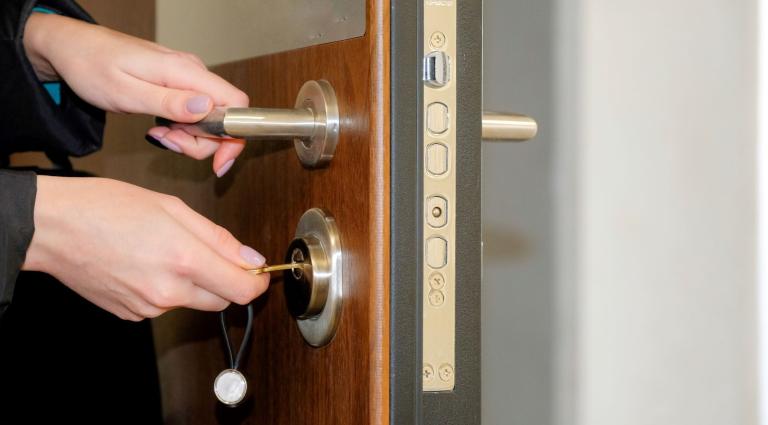Ended But Not Over – the Realities of the Moratorium Aftermath
Written By:

In her January 16, 2022, Administrative Order, the Chief Administrative Judge reported that “all residential and commercial eviction matters, both nonpayment and holdover, may proceed in the normal course.” The moratorium may have expired, but the resumption of summary proceedings is far from being “business as usual” in housing court.
Cases
Not surprisingly, not only is there an extensive backlog of cases which were pending before the pandemic, but an additional 78,652 cases have been filed in the New York City Housing Court since June 2020 (when new case filings were permitted after being halted on March 17, 2020) and even more filed since the expiration of the moratorium on January 15, 2022. To address this extraordinary docket, the court has been scheduling first those cases filed after September 13, 2021 (such that more recently commenced cases have a court date in the near future) and then going back to the oldest pre-pandemic case and moving forward chronologically (based on filing date or index number) as soon as the court calendar allows. This method means that cases which were commenced just prior to September 13, 2021, are among the last to be scheduled. This reality has led some landlords to withdraw previously commenced cases and refile in order to get a sooner court date.
Once commenced, the case is initially scheduled in a newly-created “Intake Part” in each borough, where tenants have appearances before their case is assigned to a legal services attorney and then can proceed to a Resolution Part. In accordance with the Right to Counsel Law (established in 2017 and currently funded with $166 million), all tenants in NYC housing court have a right to at least some legal assistance, with full representation for those who qualify based on income and the number of people living in the premises. Landlords may participate in these initial appearances, which are conducted both virtually and in person if necessary.
Continuing Tenant Protections
Even in the absence of the moratorium, some relief is again available to those tenants facing nonpayment cases. The state’s Emergency Rental Assistance Program (“ERAP”) application portal reopened on January 11, 2022, and is accepting new applications.
The protections afforded under the ERAP are still in place for those tenants who have received funds, have submitted applications but are waiting for applications to be processed, and have received conditional approval. In eviction proceedings where the landlord either has been notified of a pending application, has applied for assistance on behalf of its tenant and the application is pending, or has received rental assistance, the landlord must complete and submit notice of such status to the court where the proceeding is pending.
ERAP’s protections, however, do not extend to proceedings involving a tenant’s nuisance behavior or a tenant’s intentional property damage, which cases require a hearing.
Tenants continue to have a defense under the Tenant Safe Harbor Act and pursuant to ERAP (as explained above). Despite the expiration of CEEFPA (eliminating the need for landlords to send a Hardship Declaration Form (the “Declaration”) to a tenant), a tenant’s previously submitted Declaration “shall serve as prima facie evidence establishing a rebuttable presumption that a tenant is experiencing financial hardship” and may be used as a defense to an eviction proceeding. If a court has determined a Declaration to be invalid, there will be no rebuttable presumption. The absence of a Declaration does not create a rebuttable presumption that no hardship is present.
Defaults
During the height of the pandemic, courts refused to enter a default judgment against any party who did not respond or appear in an eviction proceeding. The prohibition was modified slightly by requiring that landlords file a motion for the court to determine if a default judgment is warranted, which procedure is still in place.
Warrants
Warrant requisitions are handled differently depending upon when a judgment of possession and warrant of eviction was issued. For judgments issued prior to the pandemic and up to September 2, 2021, a landlord must file a motion on notice to the tenant to ensure total compliance with legal procedures and requirements, and to ensure that the matter is not subject to a further stay (e.g. a pending ERAP application). Warrants issued after September 2, 2021, are presumptively valid and may be executed without a motion.
Conclusion
For seasoned practitioners, gone are the days of negotiating in the hallways of the courthouse, running from courtroom to courtroom, and waiting through long calendar calls. Electronic filing and a hybrid of virtual and in-person appearances is here to stay, hopefully resulting in greater efficiency, lower legal fees, and earlier resolution of matters. Even with these efficiencies, the “normal course” is much different now than it was two years ago.
Please do not hesitate to contact us if you have any questions about pursuing or defending eviction proceedings.
